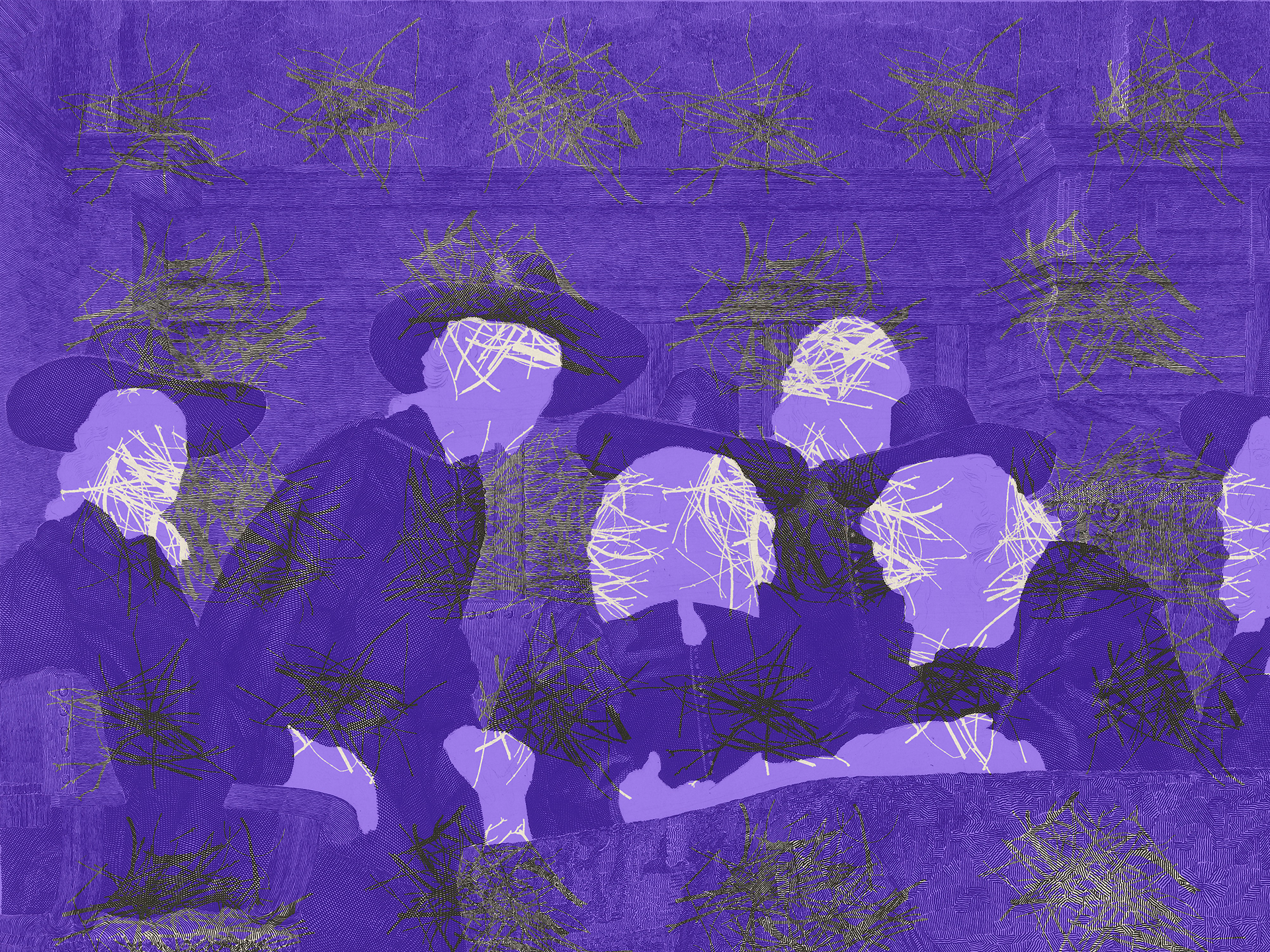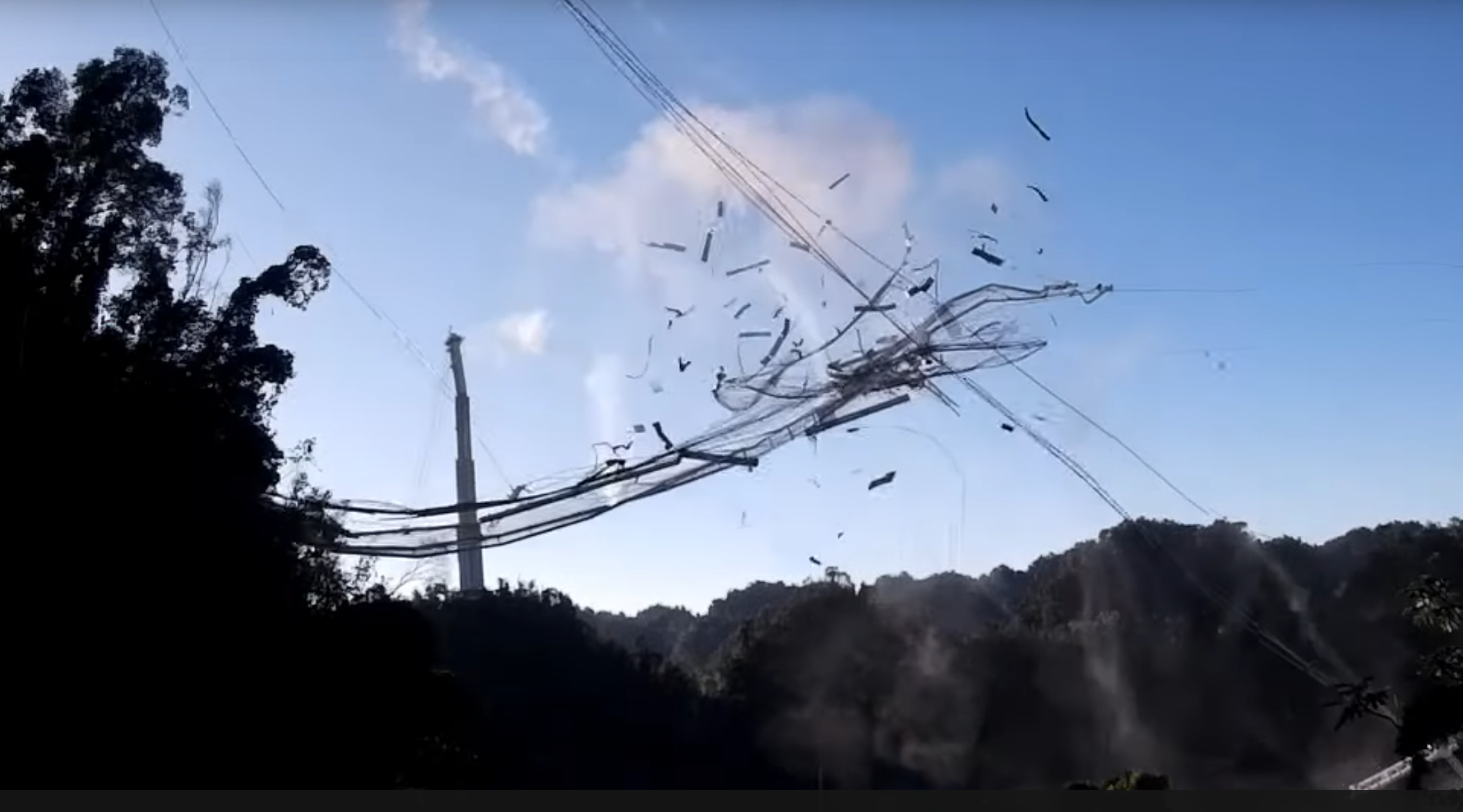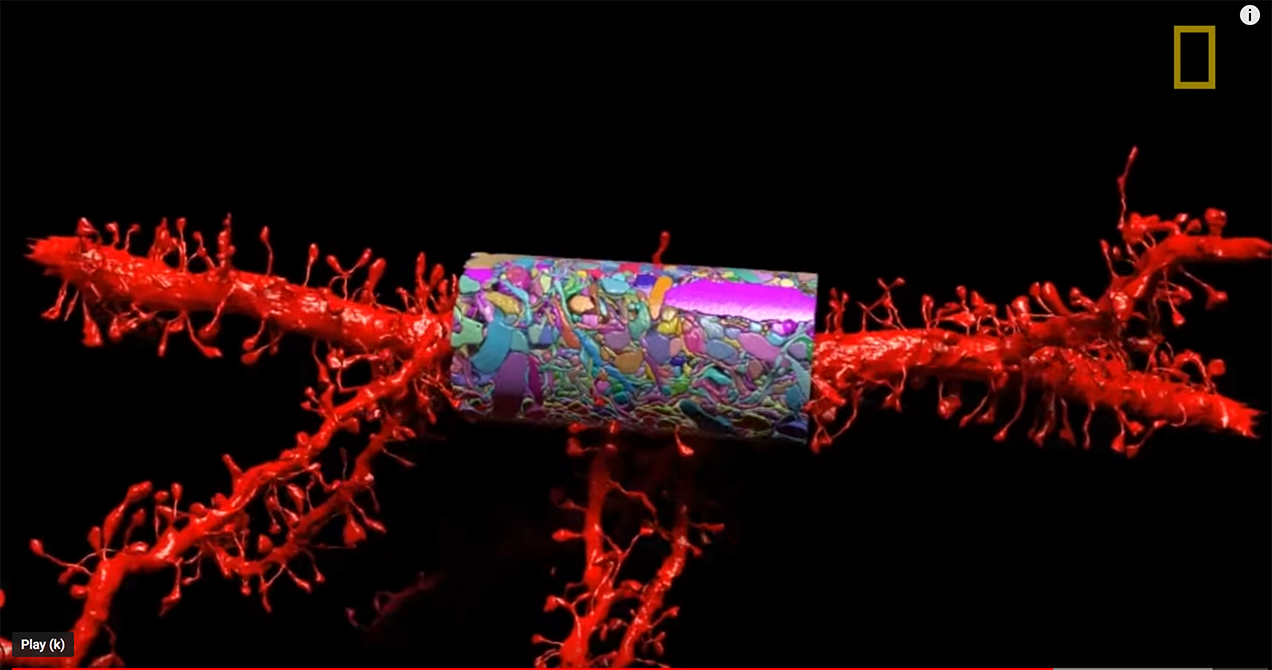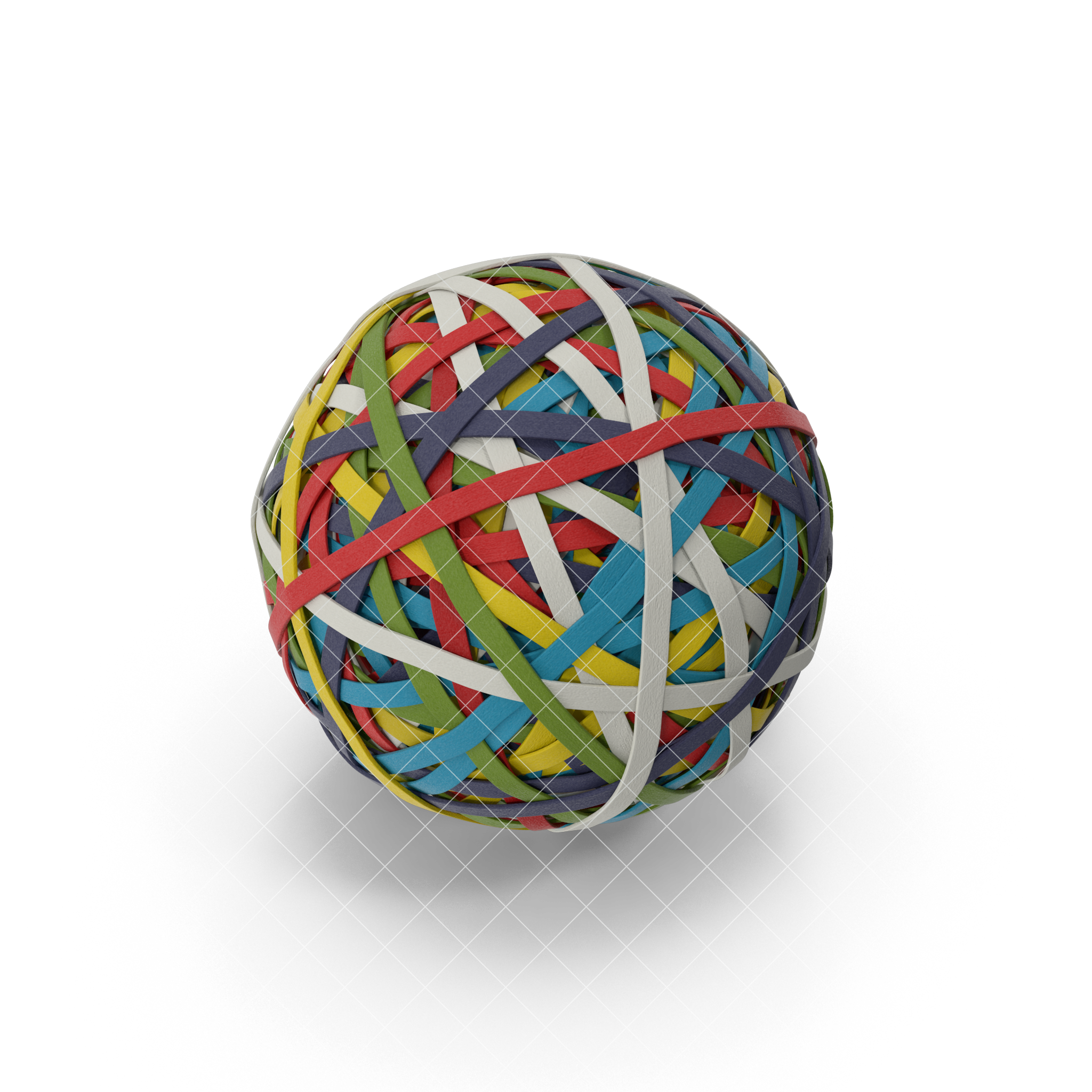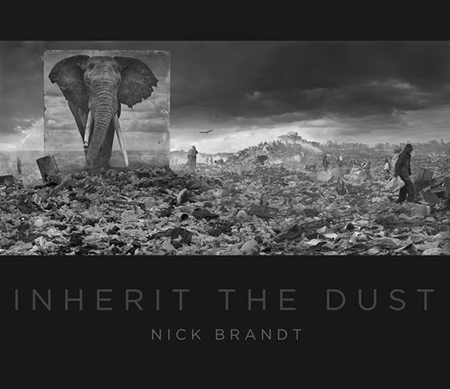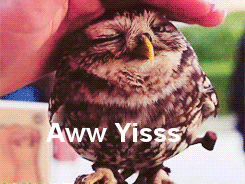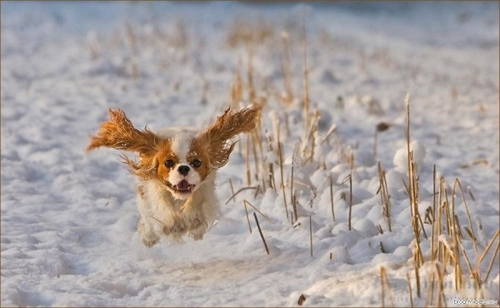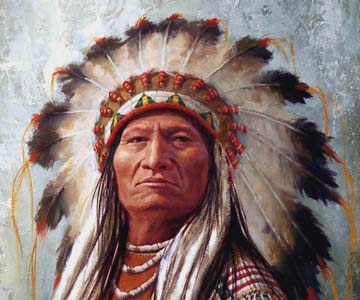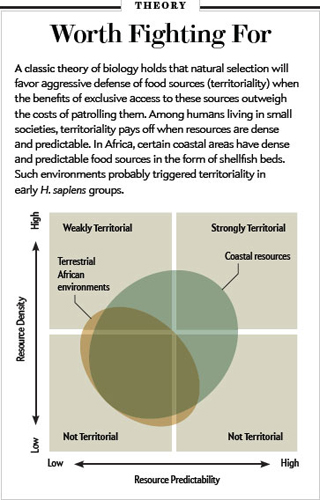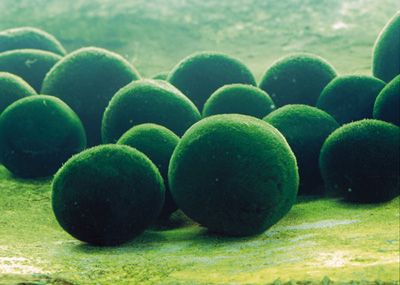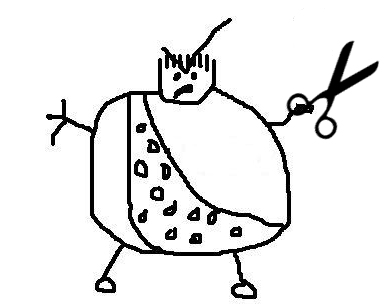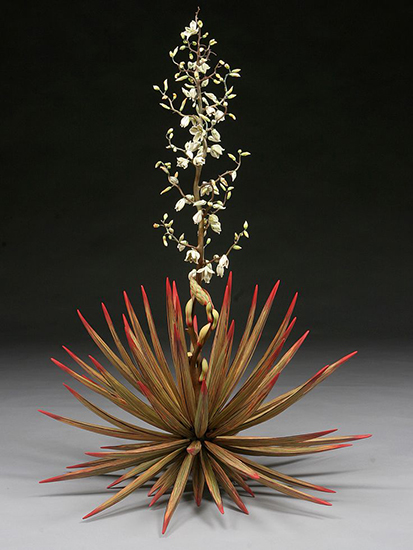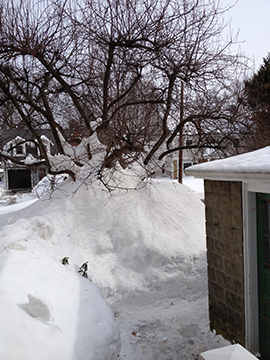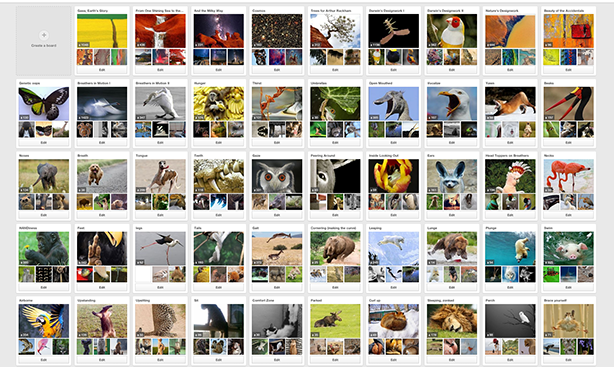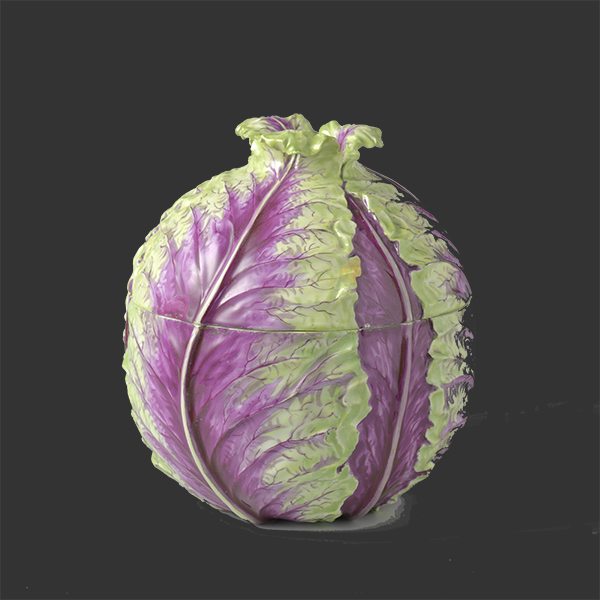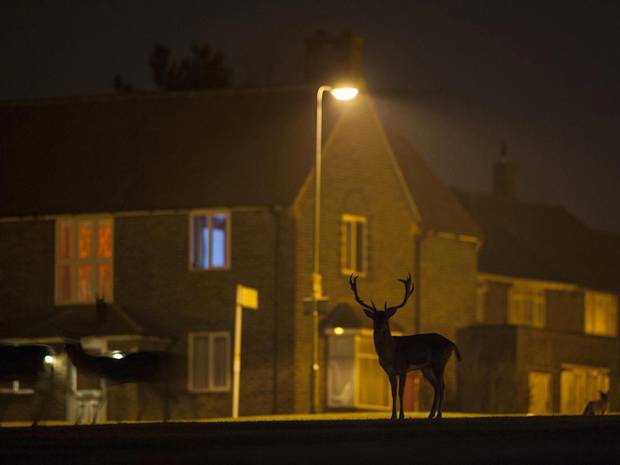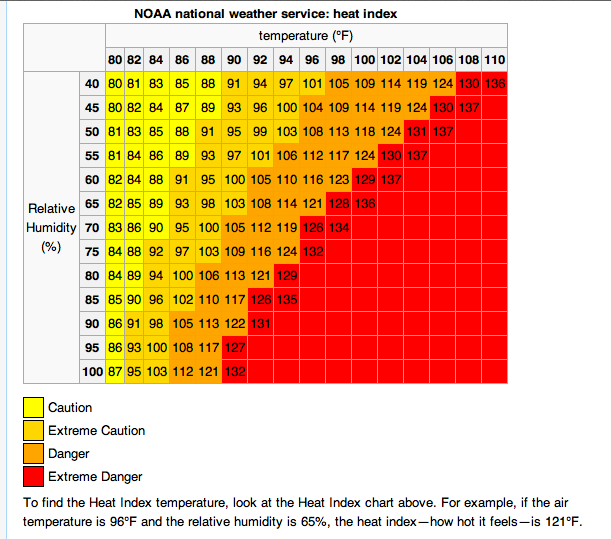Science+Nature
Arecibo Dies
https://www.nature.com/articles/d41586-020-03421-y?utm_source=Nature+Briefing&utm_campaign=597ee8dba8-briefing-dy-20201203&utm_medium=email&utm_term=0_c9dfd39373-597ee8dba8-45584126 Arecibo Observatory in Puerto Rico was the world’s largest single-aperture telescope from 1963 until 2016 when China built a bigger one. Sound …
More and Less from This White
Ultrawhite paint could cool buildings and combat climate change This sciencemag.org bulletin talks about a new kind of paint that can condition …
Annals of Imaging, Premiere
A lens can focus light to form an image, unlike a prism, which refracts light without focusing. Devices that similarly focus or disperse waves …
Gaea Here and Now
Art or Heartbreak of Tuesday
I’ve just received a heart-rending book of photographs. It’s by Nick Brandt who has photographed and worked tirelessly with his Big Life Foundation with the wild elephants, lions and …
Touch me
Tie a knot, write a list, whittle a flute, twirl spaghetti round your fork. If you have paws, hooves, wings these maneuvers aren’t in your …
All of Us Together
How do you relate to something that isn’t there, but was? Two people close to me have died within the last 2 months after struggling …
Cecil the Lion in Humanity’s Eye
Every seed is awakened and so is all animal life. It is through this mysterious power that we too have our being and we therefore …
Infographic Misdemeanor
This infographic in Scientific American gnawed at me until I went back to study it. I ask you to look too. It’s divided into four …
Mother Nature’s Spheres
For simplicity: a sphere. No angles to count or measure degrees of, no corners to snag a hem on, just center-point, radii, surface, volume. Subtract one …
Human Tide Runs with Scissors
Let’s define our terms — scissors refers to a common cutting device that the ancient Egyptians purportedly used. Runs with scissors is a modern expression meaning …
Children in Interesting Times
I grew up in an educated household that did not believe in space aliens. Period. What were we, idiots? Yet now you and I live in …
Botanicals in Art
Say you’re in a garden, a palette of greenery, petal colors, everything seems tamed and peaceful. Yet right next to you a vine pushes upward in …
The Potency of Life Force
Trees in my yard are still piled round with snow from the year’s record snowfalls. A fruit tree first had snow piled well above where branches spread …
Gaea Art
Antaeus is the bloody human-killing giant from Greek mythology, son of Poseidon and Gaea, or of the Seas and the Earth. He was indefatigably strong as …
The Possible Beauty of Warthogs
You’ve heard of the elephant in the room. This post is about a warthog in the room. Ugly name, off-putting face, ignoble proportions — standing right here on the carpet. …
Questioning the Screw-Head In the Leg
Rijksmuseum Looking at this admirable security device from the 1600s I’m questioning why a screw-head on one leg, a rosette on the other? So I look …
Out of Sight, With Minds and Reasons All Their Own
Fallow Deer on Housing Estate, by Jamie Hall. Winner of the 2013 British Wildlife Photography Award, Urban Wildlife sector. via independent.co.uk This …
Too Darn Hot
This is not the post I meant to write. That one has succumbed temporarily to the infernal heat. To quote myself from elsewhere, Heat …

